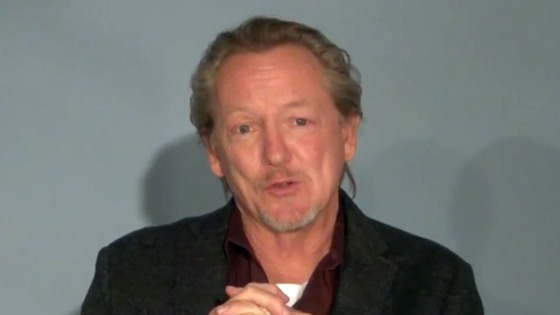
01 May Acting Continuity: Precision and Repetition
As an actor, I always say that it’s wonderful to get to know and appreciate editors – and to even watch an editor at work so that you can understand the importance of acting continuity when filming multiple takes on set.
Continuity in filmmaking is, basically, what it sounds like: all shots, from all angles, within a given scene must contain the same physical moments (blocking, gestures, prop work, etc.). This makes for a seamless viewing experience; the audience won’t be thrown off by an actor suddenly looking to the right when they were just facing left – or wearing a hat when they just were not.
First, we must say – as any great acting teacher or acting studio would say – that it’s important that each acting take is fresh. You never want to try to “copy” an emotional state from a previous take, for example. That said, there are certain technical details that you, as a professional actor on set (Yay! You booked the job!) must pay attention to. If you want to get invited back to work with a creative team, it’s in your best interest to become a master of acting continuity. Here are some acting continuity tips:
Once the blocking is set, follow it!
The director will instruct you regarding blocking in order to establish acting continuity. You will likely work together before shooting a scene to establish your blocking – e.g. “enter through this door, turn on the lamp with your right hand, sit down on the chair, pick up the remote with your left hand, and turn on the TV.”
Once this sequence of actions is established, it is your job to execute it during every single take. Again: keep your acting fresh! Connect with your scene partner, and respond to stimuli authentically as you continue to keep track of your physical actions. If you miss an action or movement in a sequence, you will likely need to film the take again. And by the way, don’t worry: no one is perfect! All actors forget parts of blocking on occasion. The more you practice – and the more you work – the easier it will become to maintain acting continuity in your takes.
Pay attention to your props
Did you walk into the scene with your purse on your right shoulder during the first take and set it down on the table after you delivered your first line? Congratulations: you will be doing this for the remaining takes, even if you don’t have the acting instinct to set your bag down during the 5th take. We know: this may go against some of your training (“follow your instincts”), but if you don’t set your purse down during the 5th take (or worse: forget to carry your purse into the room at all) – and that’s your very best acting take – the editor won’t be able to use it. This type of thing happens all of the time. Editors cannot use the best acting takes due to something seemingly minor that throws off the continuity of the scene. Be the exception: become a master of acting continuity!
Check your wardrobe
The same goes for wardrobe. If you forgot to button the bottom button of your jacket, guess what: you will be wearing a partially-buttoned jacket for the rest of the shots you do for that scene – and possibly for subsequent scenes (and shots filmed on other days). Note: there is, of course, a script supervisor and a wardrobe department tracking these details, but it’s important for you, as the actor, to understand that a minor adjustment to your shirt, jacket, or hat could impact continuity.
Mind your hair and make-up
This is often out of your control as an actor, as you cannot see your hair and face when the director and DP are setting up a shot. The hair and make-up departments will be monitoring you closely to make sure that everything is in place. That said, don’t flip your hair in front of your shoulder if it’s been behind your shoulder for the last 3 takes. Directors, of course, usually catch these details – and your primary job as an actor, of course, is to act. But it’s also great to be mindful of continuity as sometimes the crew may overlook details; you’ll make the editor’s job so much easier.
Practice in class and at home!
The best way to become a master of acting continuity is to practice! If you aren’t able to enroll in a great on-camera acting class, you can film scenes at home with your friends using smartphones; you can then watch yourselves back to see if there is continuity in your takes. Even better: learn how to edit! You will then gain a true appreciation for the importance of acting continuity. And of course, remember to have fun while you are learning about the craft of filmmaking!



